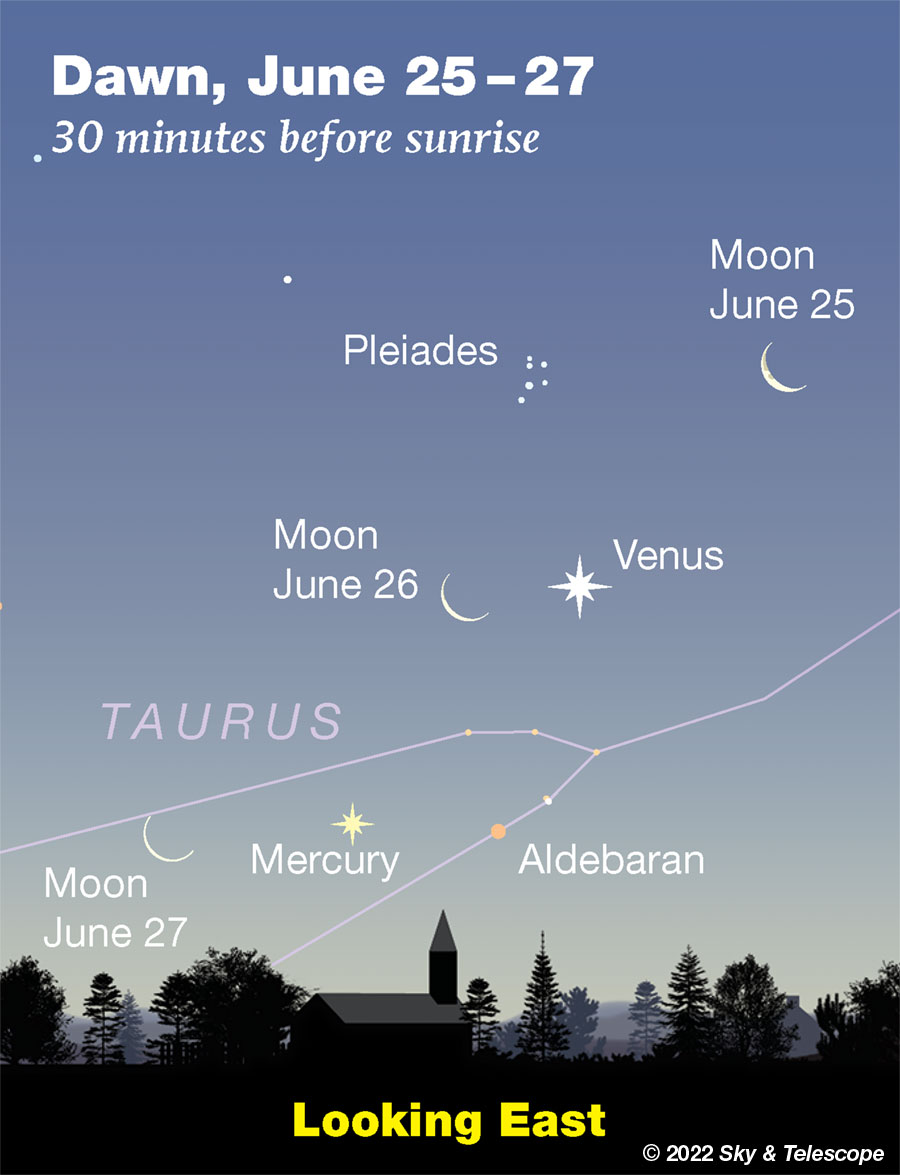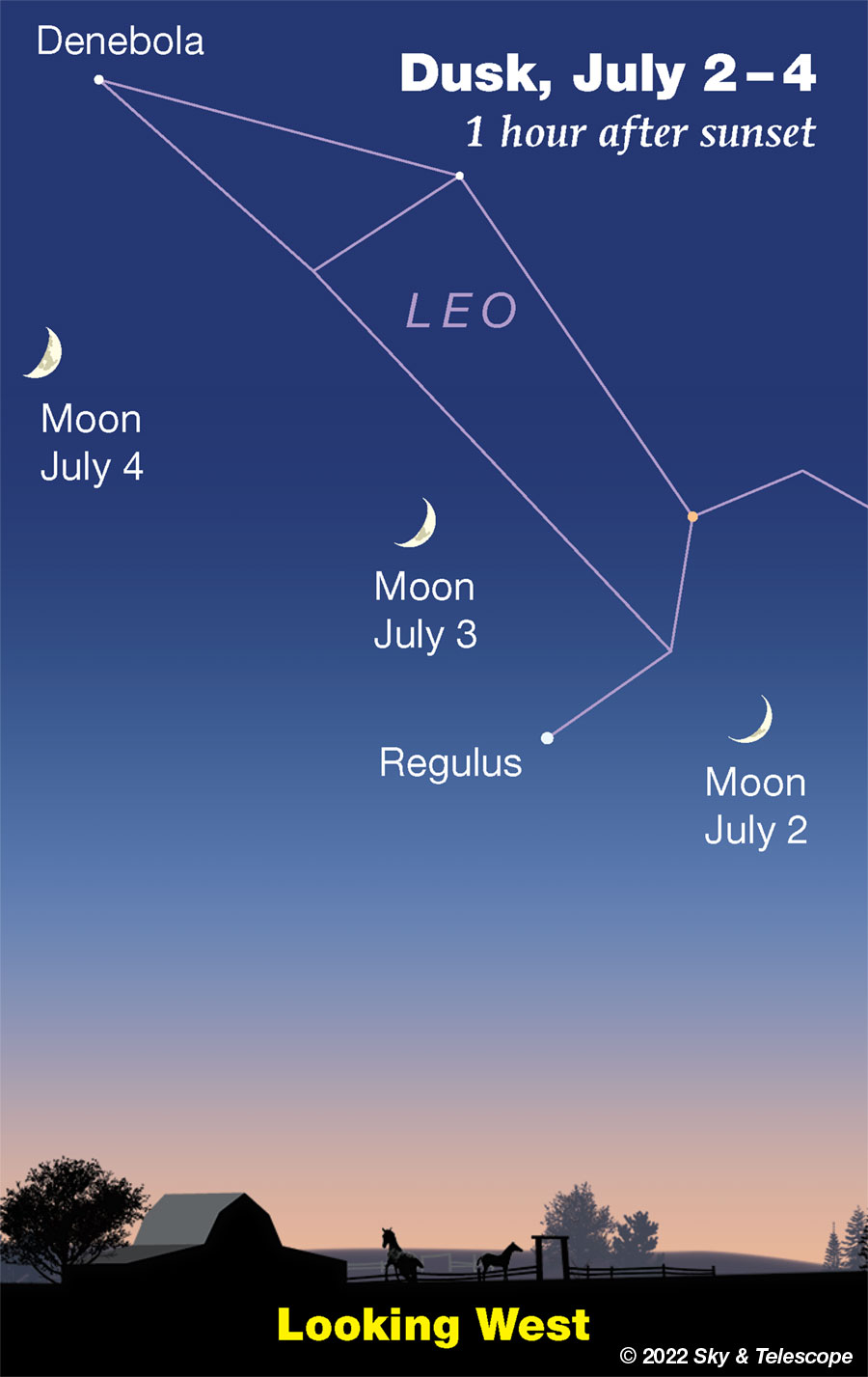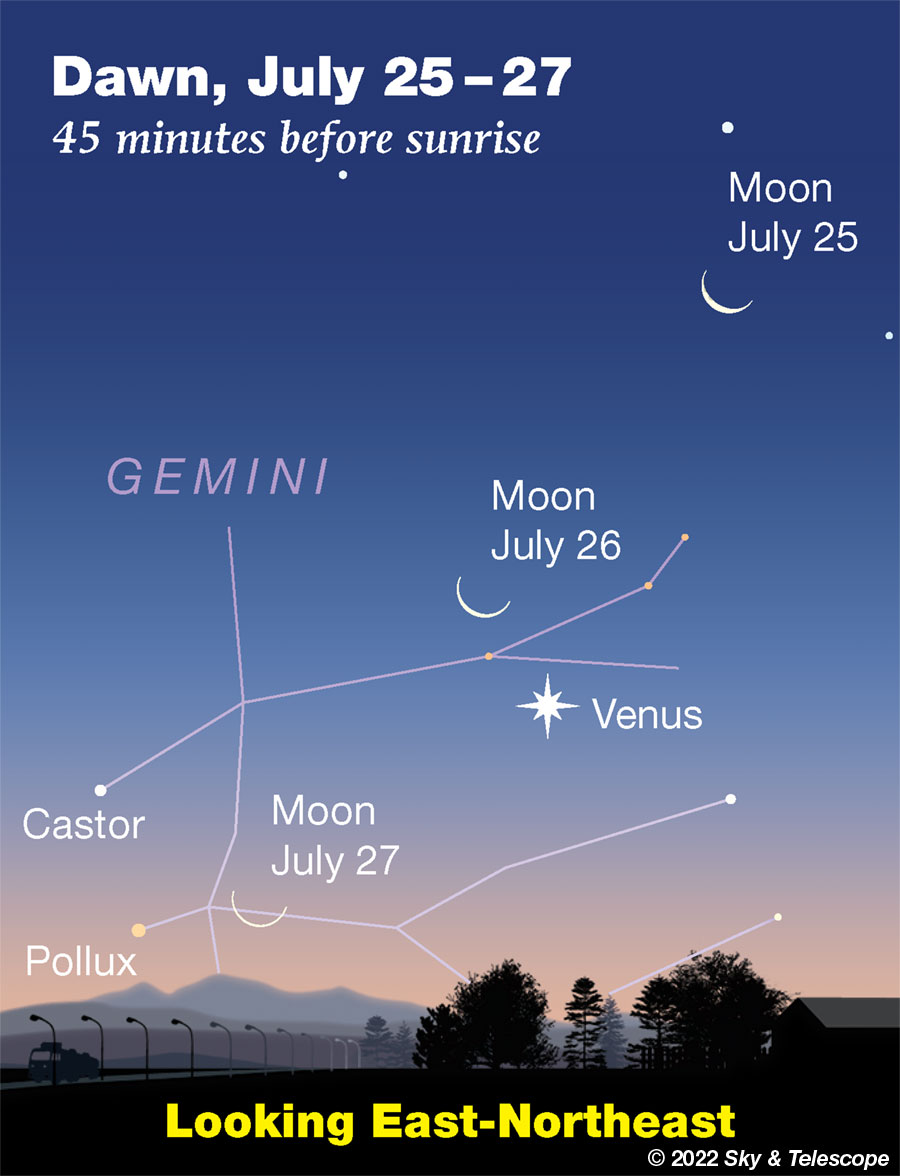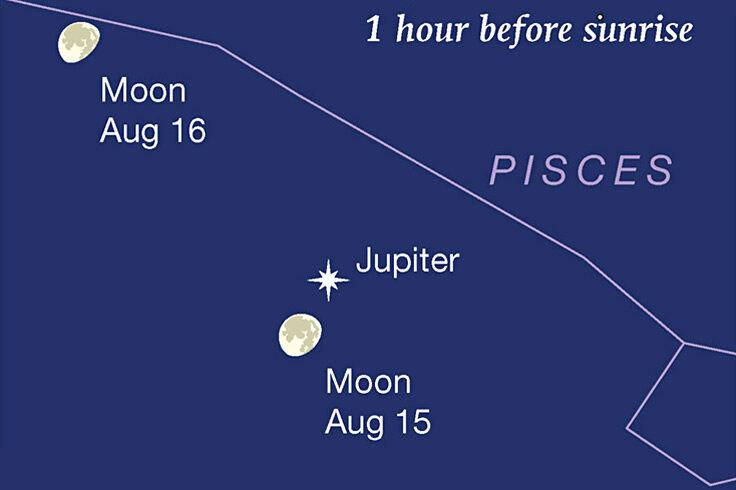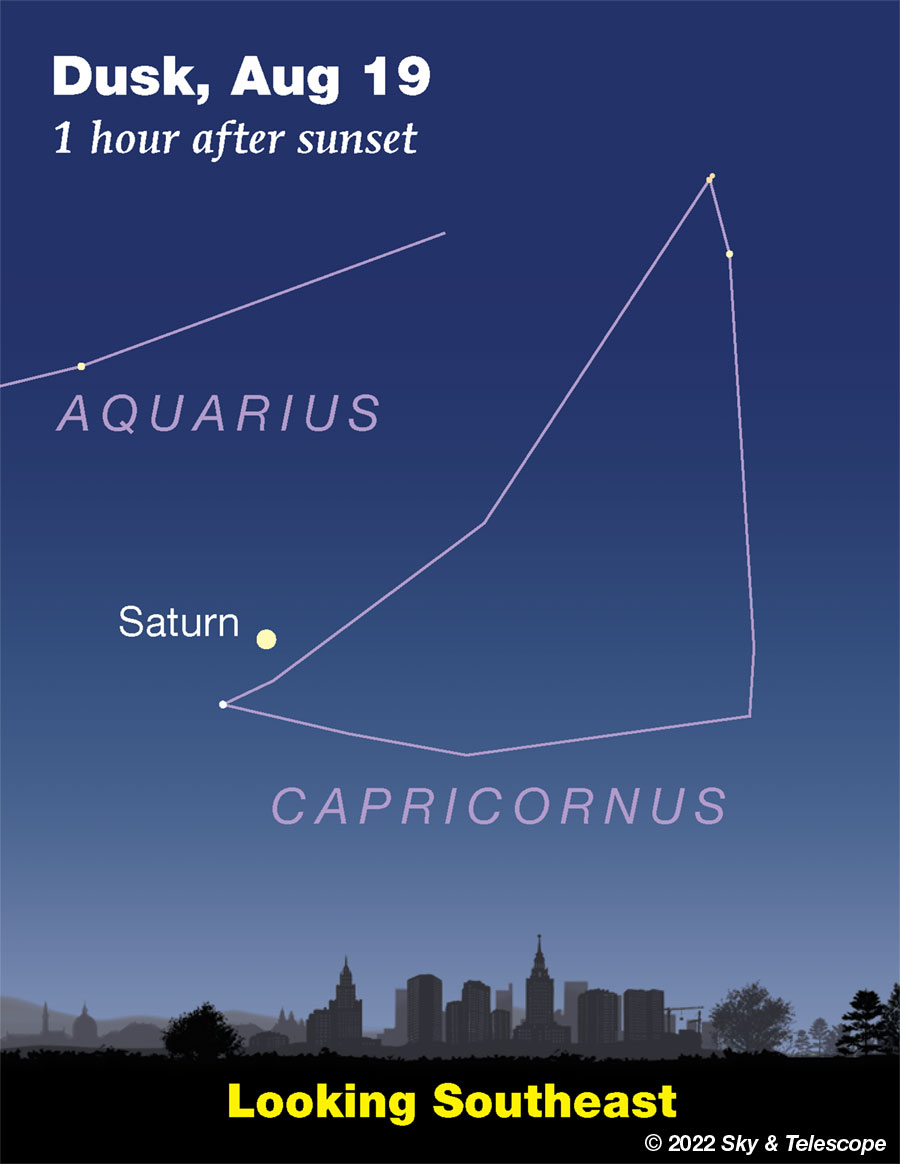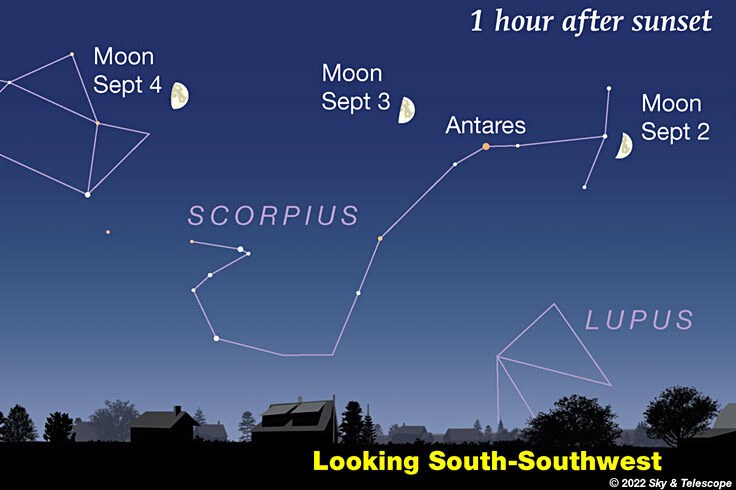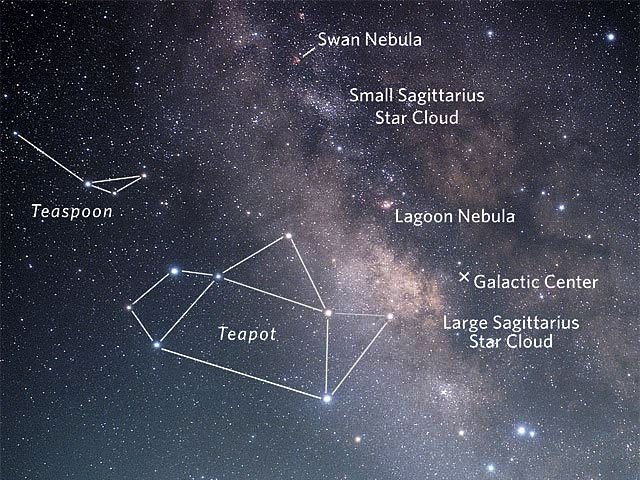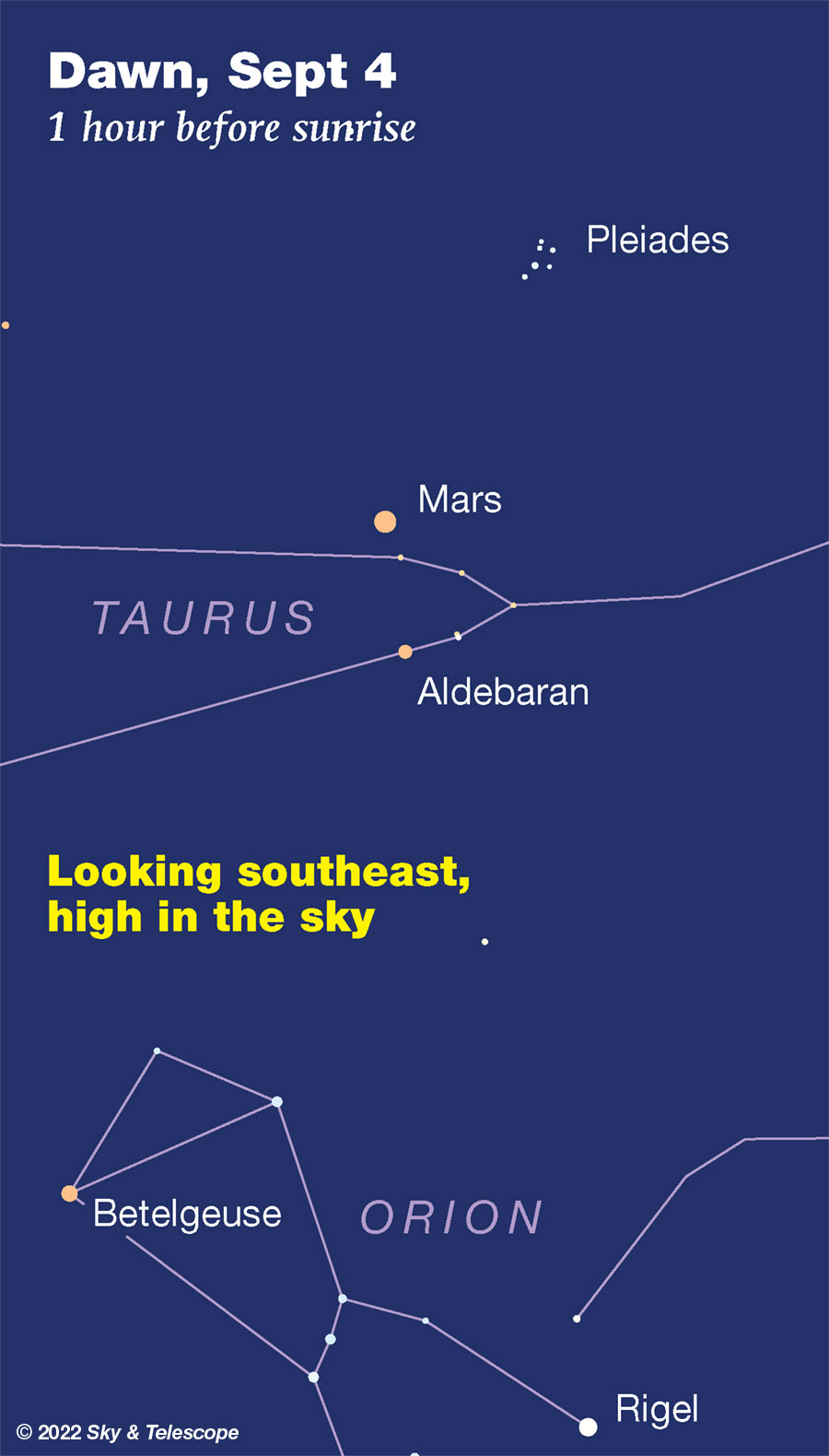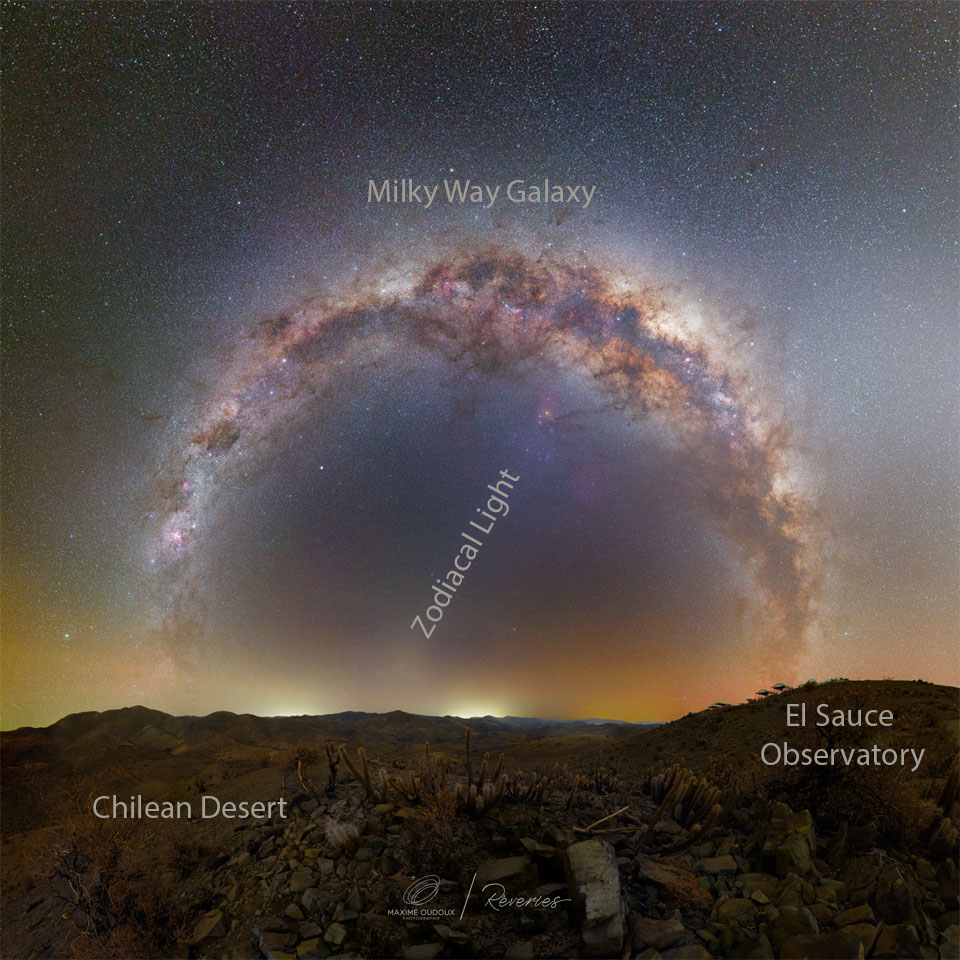More images released from the James Webb Space Telescope (JWST):
NASA Reveals Webb Telescope’s First Images of Unseen Universe

Below:
In an enormous new image, NASA’s James Webb Space Telescope reveals never-before-seen details of galaxy group “Stephan’s Quintet”
The close proximity of Stephan’s Quintet gives astronomers a ringside seat to galactic mergers, interactions
Webb’s new image shows in rare detail how interacting galaxies trigger star formation in each other and how gas in galaxies is being disturbed
The image also shows outflows driven by a black hole in Stephan’s Quintet in a level of detail never seen before
Tight galaxy groups like this may have been more common in the early universe when superheated, infalling material may have fueled very energetic black holes

BELOW:
This landscape of “mountains” and “valleys” speckled with glittering stars is actually the edge of a nearby, young, star-forming region called NGC 3324 in the Carina Nebula. Captured in infrared light by NASA’s new James Webb Space Telescope, this image reveals for the first time previously invisible areas of star birth.
Called the Cosmic Cliffs, Webb’s seemingly three-dimensional picture looks like craggy mountains on a moonlit evening. In reality, it is the edge of the giant, gaseous cavity within NGC 3324, and the tallest “peaks” in this image are about 7 light-years high. The cavernous area has been carved from the nebula by the intense ultraviolet radiation and stellar winds from extremely massive, hot, young stars located in the center of the bubble, above the area shown in this image.
 https://www.nasa.gov/image-feature/goddard/2022/nasa-s-webb-sheds-light-on-galaxy-evolution-black-holes
https://www.nasa.gov/image-feature/goddard/2022/nasa-s-webb-sheds-light-on-galaxy-evolution-black-holes









































